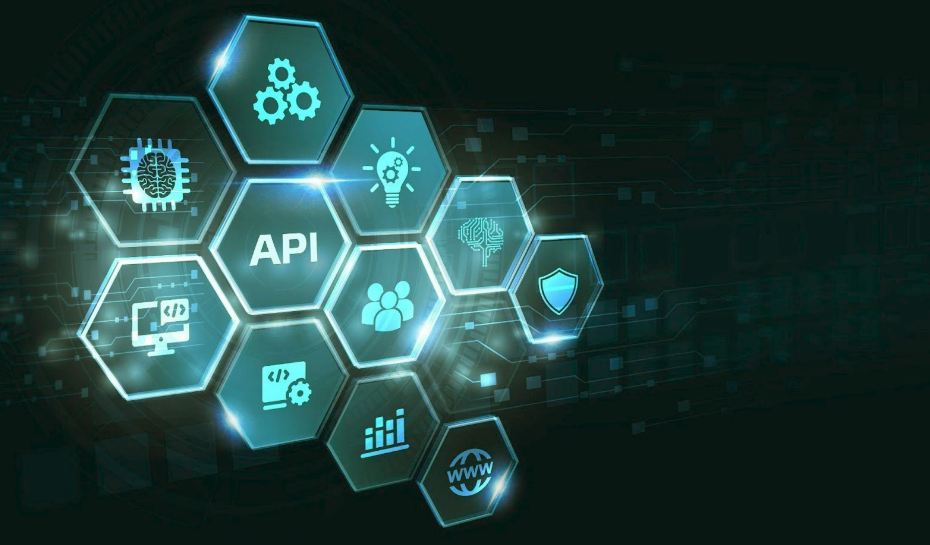Have you ever wondered how websites get their data? They have to develop a complex algorithm that scrapes the information from other websites and combines them into one page for the users.
A web scraper API is a tool that helps users extract data from any website, thereby producing large amounts of information. Discover how an API works and extracts data.
APIs and Web Scraping
Web scraping is the process of extracting content and data from a website using a bot. It is the automated copying of HTML code from a web page, which allows a developer to extract underlying data held in a database.
The scraper can then duplicate the entire content of a website in a format that a computer can read using an API which is a small set of code that allows one application to interact with another.
Unlike web scraping, which accesses the parts of a web page that are visible to users, a web scraper API explicitly grants access to the server’s features that other systems cannot access. If you want to know more about the practicalities, visit Oxylabs and try a particular web scraping API for free.
How Web Scraping Works
The first steps in any web scraping project are identifying which data you want to extract, finding the location of that data on a website, and finally writing a script to pull it. The software simulates the actions of a human using the Internet through various steps.
First, the software sends an HTTP request to the URL of the webpage you want to access. The server responds to the request by returning the HTML content of the webpage. For static pages, you just need to send one single request.
You may need to send multiple requests for dynamic pages depending on how the page is generated. Static web pages don’t change unless manually updated by the webmaster.
Dynamic web pages have some parts that load based on user input or other factors. These pages may contain some static content as well. To scrape static content from dynamic web pages, you have a few options:
One, you can wait for the web page to load completely, then parse the HTML code with BeautifulSoup. This works fine most of the time but can become slow if the webpage is complex or has many resources to load.
Alternatively, you can also use selenium in conjunction with BeautifulSoup4 or LXML for parsing HTML and JavaScript-rendered content from dynamic pages. Selenium can simulate a browser environment to render JavaScript.
Once it has accessed the HTML content, the next task is parsing the data. Since most of the HTML data is nested, data cannot be extracted simply through string processing.
You will need a parser to create a nested/tree structure of the HTML data. There are many libraries like BeautifulSoup and Python, which do this very nicely. When data is in a tree format, it is readily parsed to create any structured format like CSV or JSON for saving.
Why Use Proxies for Web Scraping?
Since web scraping involves repeatedly accessing a website’s data, it’s important not to get blocked by that website. Otherwise, your scraper will not be able to gather any valuable data from that site.
Most of the data is stored in HTML files using a web scraping tool. An HTML file is basically just like a text file. It contains lines of plain text that have tags similar to XML tags. These tags define what some of the text represents on the website.
So, what does the web scraping process using proxies look like?
Depending on where these tags are located, a search engine will display specific information as an image, title, paragraph, or something else. If a label is not present, the text will simply be displayed as plain text.
Besides storing textual information, HTML files can also contain links to other HTML pages and other media types such as images and videos.
These links can be internal or external, and they allow us to navigate through different websites easily by clicking on them with our mouse or navigating to them from the browser’s address bar. Web scraping tools follow these links automatically and “scrape” all the needed information.
Final Thoughts
A web scraper API is a handy and effective solution for efficient data extraction, but it’s not without its shortcomings. Most importantly, your data must be structured so that you can easily pull the information you need.
If you have a data set that requires manual manipulation, Web Scraping API may not be the most efficient data extraction method. However, if you have access to a database and are looking for an easy way to extract your data, Web Scraping API could be a suitable solution.


